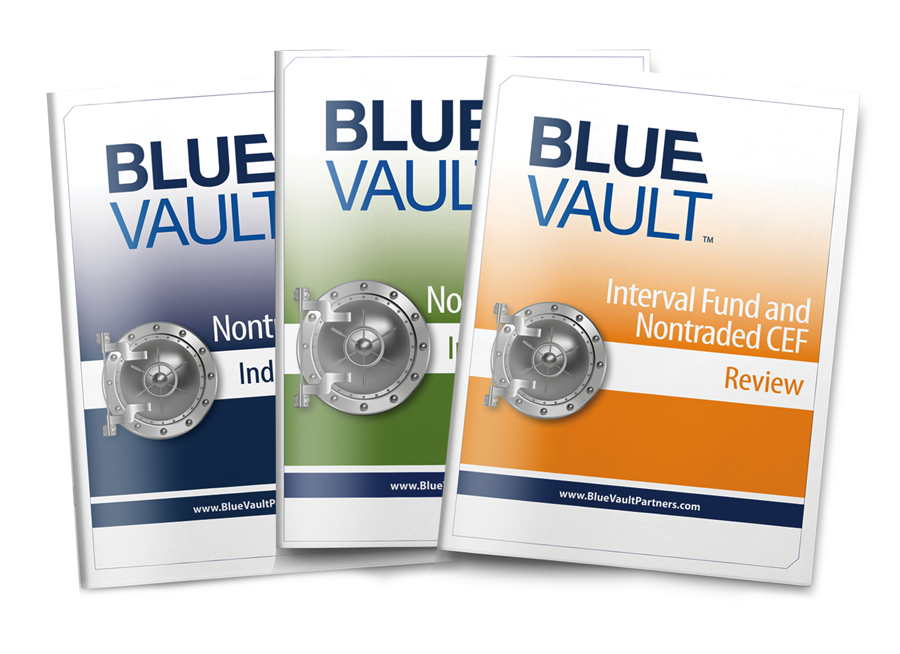LEARN
Alternative Investments 101
It’s important to understand the basics of the alternative investments industry. You can also learn about the types of alts and review commonly asked questions about alts.
Who can invest in alternatives?
While many large institutional funds such as pensions and private endowments have historically allocated a larger portion of their portfolios to alternative investments, access to alts has become more readily available to individual investors.
Some alts are available to the average investor, others are only available to “accredited investors” who have a net worth exceeding $1 million or personal income of $200,000 or more per year. Many alternative investments have high minimum investments and complex fee structures compared to mutual funds and ETFs, which also often limits investment to higher net worth individuals.
Liquidity limitations
Alternative investments often have more limited liquidity than conventional investments, and valuations may be infrequent due to the lack of open market transactions. Many alternatives allow for some level of redemption – often with a fee – but investors in alts must be prepared to hold their investments for the long-term. In exchange, they often benefit from strong risk-adjusted returns.
What is an alternative investment?
Alternative investments are investment options that differ from traditional asset classes such as stocks, bonds and cash. They are called “alternatives” or “alts” because they provide investors with alternatives to the traditional investment avenues.
BENEFITS TO INVESTORS
Alts can offer investors unique portfolio benefits not found through other types of investments:
Diversification—low correlation to stocks and bonds
A hedge against inflation
Increased portfolio returns & reduced volatility—even in a down market
Current income
Access Detailed Asset Manager and Offering Information
Become a member to access our detailed reports and get info on sponsor acquisitions, capital raise and financials.


